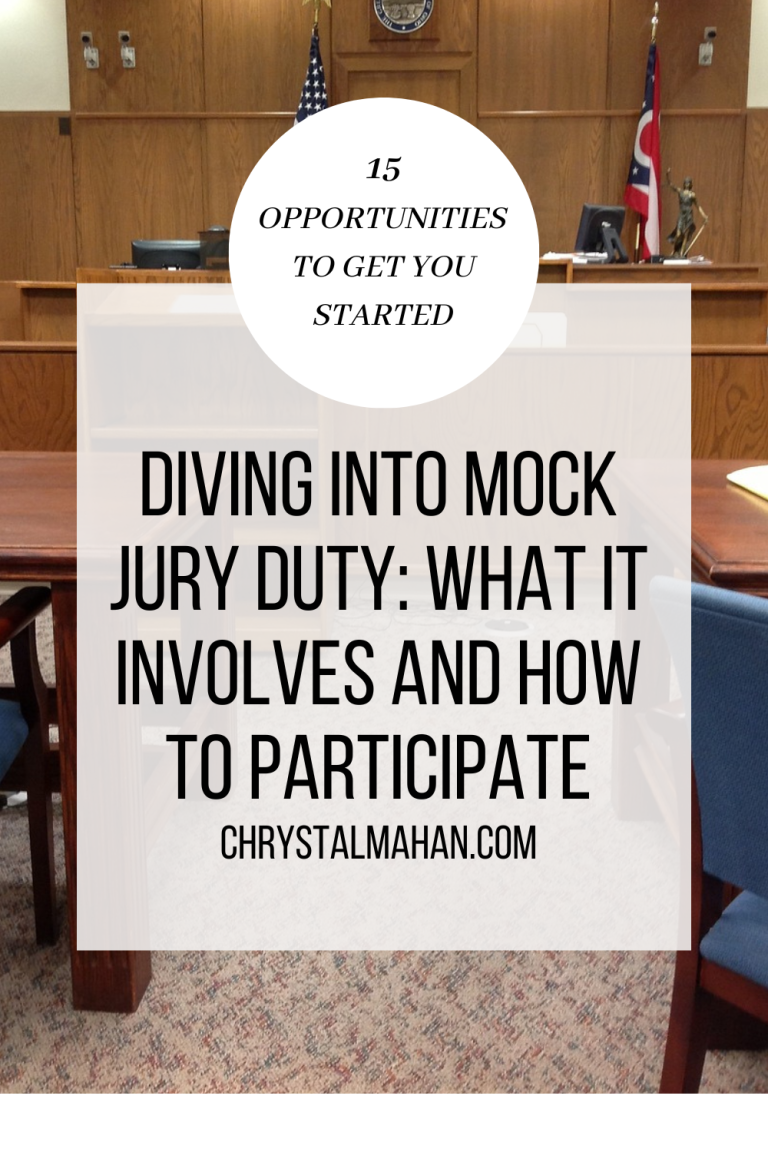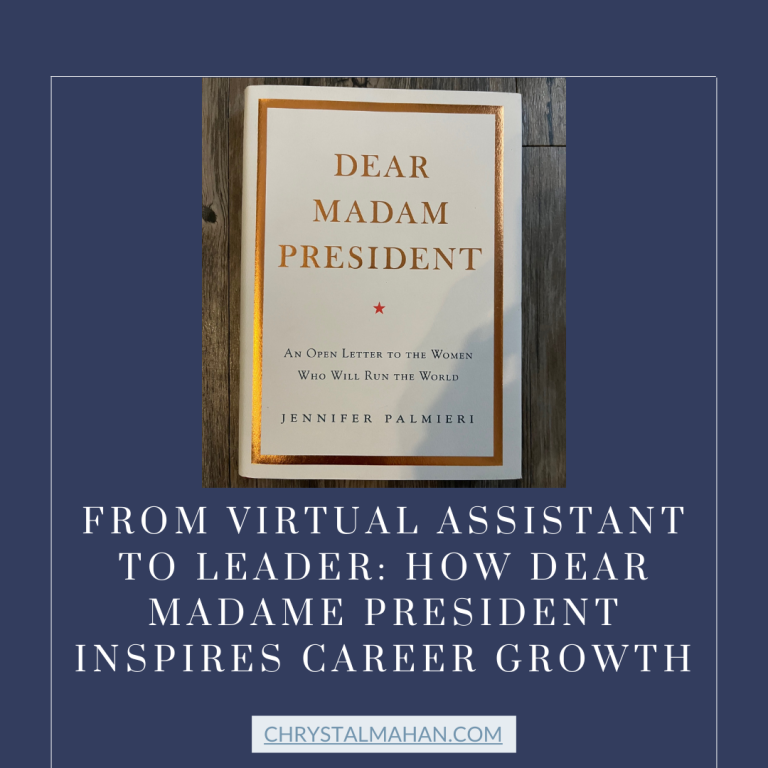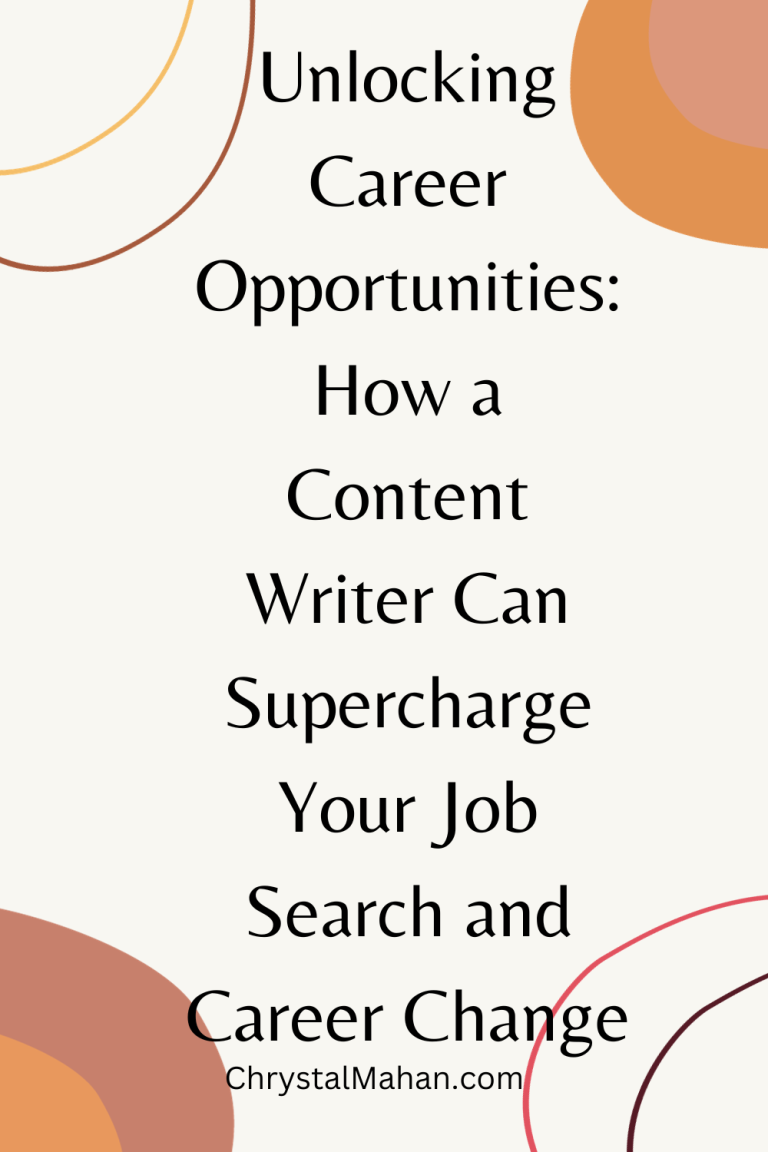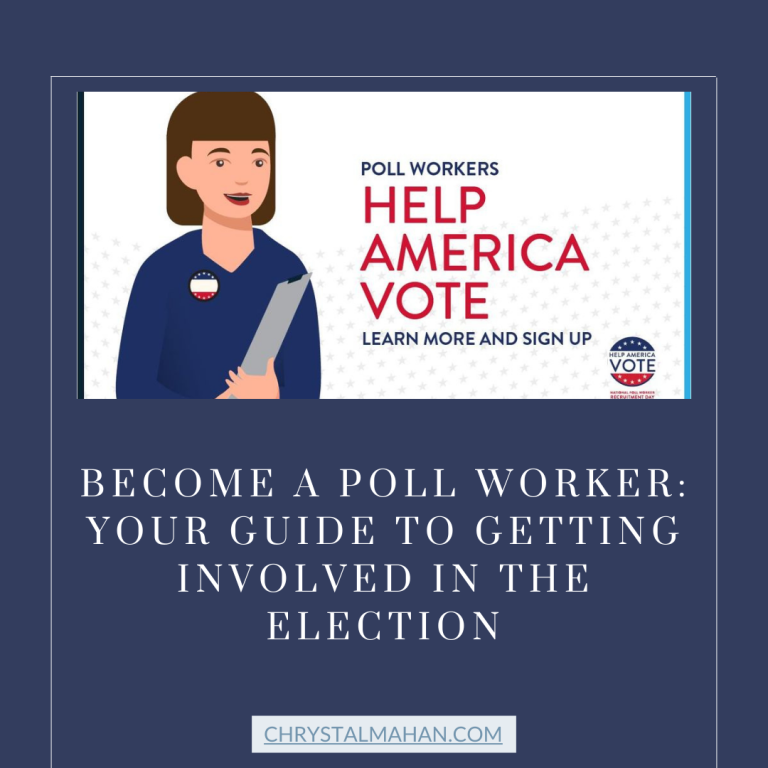Resume and Cover Letter: The Tips and Tricks to Getting Noticed

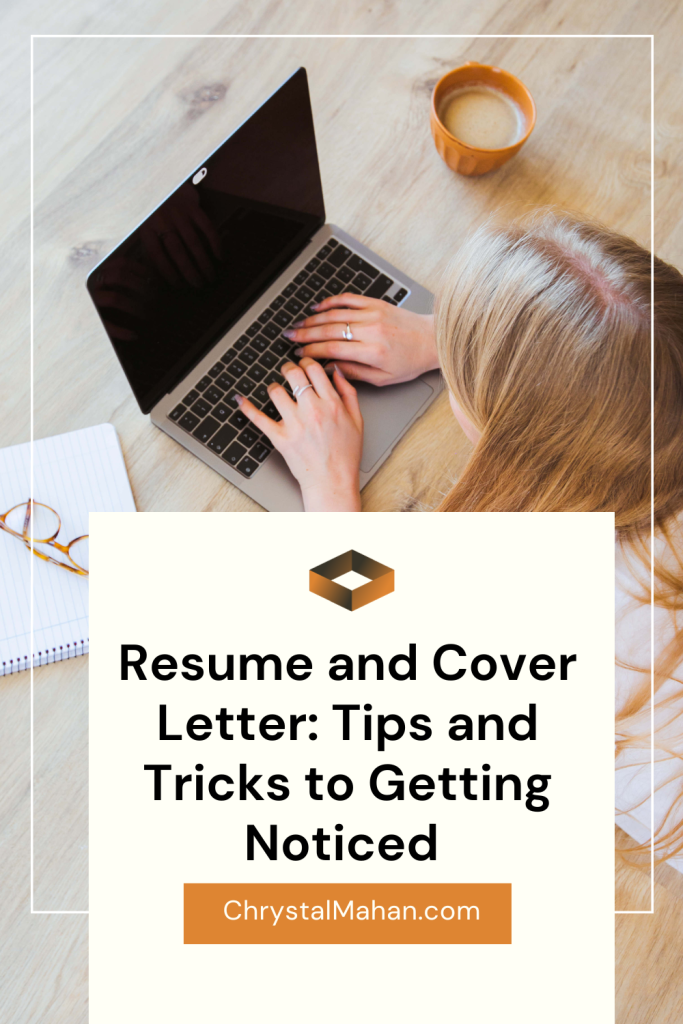
In the competitive job market of today, where opportunities seem to be both plentiful and elusive, your resume and cover letter can make or break your chances of getting noticed by potential employers – and getting through the auto bot vetting process. These two documents are your first introduction to a hiring manager and play a crucial role in setting the stage for your job application. But fear not; this blog post is your comprehensive guide to creating a resume and cover letter that truly stands out.
The Resume: Your Professional Snapshot
Your resume is a snapshot of your professional life. It’s the document that distills your education, work experience, skills, and accomplishments into a concise and compelling format.
Your resume should also have relevant keywords related to the job requirements generally located in the job description. It is also a good idea to create a niche-specific resume if you are someone with a lot of different types of experience.
Here are some tips and tricks to help you craft a resume that gets noticed:
Choose the Right Format
Depending on your experience and industry, you can opt for a chronological, functional, or combination resume format. Chronological is the most common, but consider a functional or combination format if you want to highlight your skills over your work history.
Tailor Your Resume
Customize your resume for each job application. Emphasize skills and experiences that align with the specific job description to make your application more relevant.
Create a Compelling Summary
Begin your resume with a strong summary statement. This brief section should encapsulate your key skills, experiences, and what you bring to the table.
Highlight Achievements
Instead of listing your job duties, focus on your accomplishments. Use quantifiable data to illustrate the impact you’ve had in previous roles.
Use Action Verbs
Begin each bullet point with strong action verbs to make your achievements more dynamic and engaging.
Keep It Concise
Your resume should be a one-page document, but two pages are acceptable if you have extensive experience. Avoid lengthy paragraphs and irrelevant information.
Include Keywords
Many companies use Applicant Tracking Systems (ATS) to scan resumes. Incorporate relevant keywords from the job posting to ensure your resume makes it through the initial screening.
Showcase Your Skills
Dedicate a section to your technical and soft skills. Be honest about your abilities, and only include skills you’re comfortable discussing in an interview.
Provide all of Your Education
Include your educational background, but if you have significant work experience, your education should be placed towards the end of the resume.
The Cover Letter: Your Personal Pitch
The cover letter is your chance to tell your story, connect the dots on your resume, and express your enthusiasm for the position. It’s your personal pitch to the hiring manager.
Your cover letter should also include the relevant keywords located in the job description. Be sure to create a new, custom cover letter for each job you apply for.
Here are some tips and tricks for writing an attention-grabbing cover letter:
Research the Company
Start by researching the company, its culture, and the role you’re applying for. Mention specific details in your cover letter to show your genuine interest.
Personalize Your Greeting
Address the hiring manager by name. Avoid generic salutations like “To Whom It May Concern.”
Tell a Story
Begin with an engaging anecdote or a personal connection to the company or role. Stories create a lasting impression and draw in the reader.
Showcase Your Value
In the body of the letter, explain how your skills and experiences align with the company’s needs and values. Highlight how you can contribute to their success.
Keep It Concise
A cover letter should be one page at maximum. Be concise and to the point, avoiding unnecessary fluff. No one wants or needs to read your entire life story.
Express Enthusiasm
Convey your passion and enthusiasm for the position and the company. Be specific about what excites you.
Connect the Dots
Bridge the gap between your resume and the job requirements. Explain how your experiences have prepared you for this role.
Thank You and Call to Action
Always express gratitude for considering your application and include a call to action, such as requesting an interview.
Edit and Proofread
Ensure your cover letter is free from grammatical and spelling errors. A well-crafted letter demonstrates attention to detail.
Ready to Write Your Job Landing Resume?
In a competitive job market, your resume and cover letter are your tickets to getting noticed by potential employers. Following these tips and tricks, you can craft a compelling resume and cover letter that sets you apart from the crowd. Remember to tailor your documents for each job application, highlight your achievements, and express genuine enthusiasm for the position. With the right approach, you can increase your chances of getting noticed and, ultimately, landing your dream job.
Resources:
Still need help? Check out this PDF by Harvard University – the standard resume and cover letter format many companies are looking for these days. Still stuck? Reach out to me at any of my various forms of contact and I am happy to help you!

